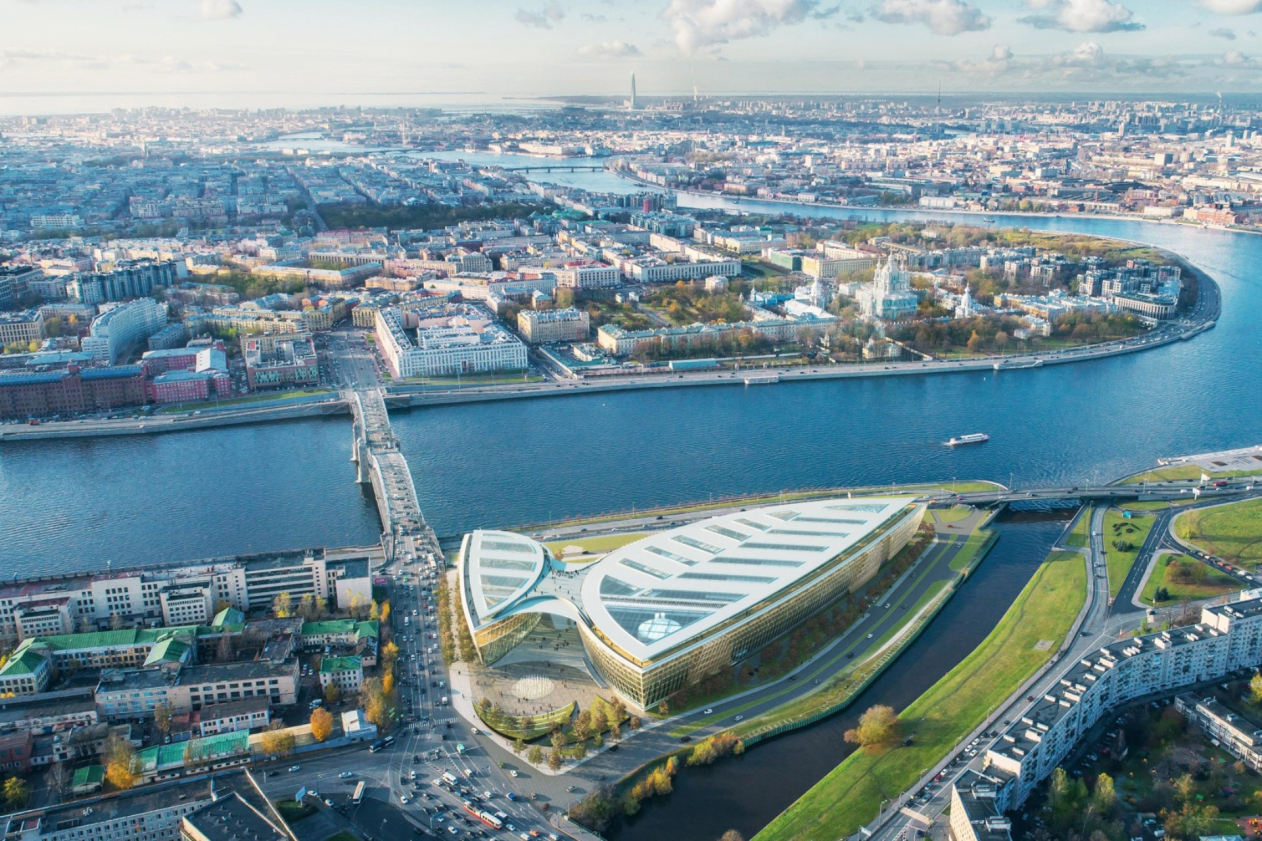Cape of Good Hope
In this issue, we are showing all the seven projects that participated in a closed-door competition to create a concept for the headquarters of Gazprom Neft, as well as provide expert opinions on those projects.


Written by:
Alyona Kuznetsova
Translated by:
Anton Mizonov

